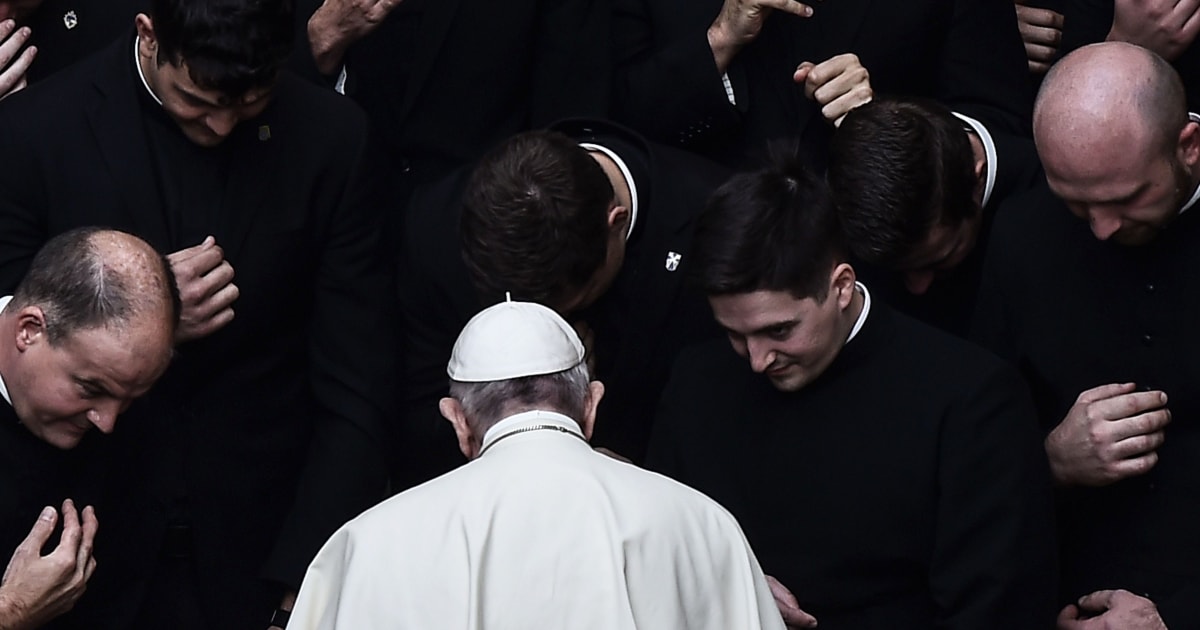Key takeaways:
- The passing of a pope triggers a series of ancient rituals and traditions within the Roman Catholic Church, as detailed in the “Ordo exsequiarum Romani pontificis,” beginning with the formal pronouncement of death by the Cardinal Camerlengo.
- Pope Francis’s death initiates the process of electing a new pope, involving the gathering of 135 Cardinal Electors in a conclave within the Sistine Chapel, marking a significant transition in Church leadership.
- Traditional rituals, including the camerlengo tapping a silver hammer on the pope’s head, have been part of the Church’s history for over 2,000 years, ensuring continuity of leadership and honoring the deceased pope.
The passing of a pope initiates a series of ancient rituals and traditions within the Roman Catholic Church, marking the transition from one papal leadership to the next. This intricate process is detailed in a comprehensive document known as the “Ordo exsequiarum Romani pontificis,” which outlines the liturgy, music, and prayers that have been used for papal funerals over the centuries. The rituals commence with the formal pronouncement of the pope’s death by the Cardinal Camerlengo, a key Vatican official during the interregnum period. Currently, this role is held by Kevin Farrell, an Irish-born American.
The death of Pope Francis, the first Argentine to lead the Roman Catholic Church, has set these time-honored traditions into motion. Pope Francis was known for his departure from the conservative paths of his predecessors, Pope John Paul II and Pope Benedict. His passing marks the beginning of a centuries-old process that will eventually lead to the election of a new pope. This process involves the gathering of the Church’s 135 Cardinal Electors, who convene in a conclave within the Sistine Chapel to select the next pontiff.
One of the traditional rituals involves the camerlengo tapping a silver hammer on the pope’s head while calling out his baptismal name three times. This practice, along with other ceremonial customs, has been a part of the Church’s history for over 2,000 years and has been used in the burial of more than 250 popes. These rituals not only honor the deceased pope but also ensure the continuity of leadership within the Church.
The conclave, a pivotal event in this process, is conducted in secrecy, with the cardinal electors sealed inside the Sistine Chapel until a new pope is elected. This gathering is a critical moment for the Church, as it determines the direction of its future leadership. The election of a new pope is a significant event for Catholics worldwide, as it influences the spiritual and administrative direction of the Church.



Be First to Comment